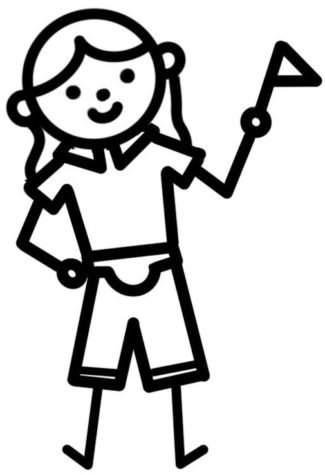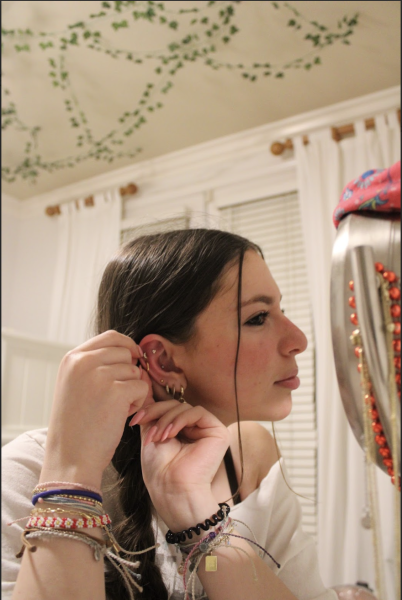Column: Sara’s Official Guide Through Music Genres: Funk it Up
March 18, 2022

 Funk is a musically complex masterpiece of a genre that has stayed timeless since its creation.
Funk is a musically complex masterpiece of a genre that has stayed timeless since its creation.
Starting in New Orleans during the 1940s, a certain style of R&B emerged amidst the city’s well-established blues culture. This new wave of musical experimentation introduced artists to more syncopated, eighth-note-focused basslines, compared to the looser, triplet beats of traditional blues. Bass guitar also became an extremely important element of funk music and the driving force behind the rhythms for most every song created.
James Brown and the Famous Flames, created a specific swing beat that became his signature groove, and the backbone for future funk artists. It focused the downbeat of his basslines on the first counts and was accompanied by even-count guitar rhythms, which in combination, created a repetitive, driving beat.
Brown not only revolutionized the musicality of funk, but also became one of the biggest acts of his time who’s stage presence was so captivating that according to Mick Jagger, made it difficult for anyone to follow his act. His success is especially admirable considering the time-period he was performing in. While civil rights marches lined the streets of America, Brown was drawing in crowds of all different types of people, and uniting them.
After its establishment, many dedicated funk bands emerged throughout the 1960s and others took influence from it while creating their own unique branches.
George Clinton began his journey as a songwriter for Motown and eventually won a Grammy Lifetime Achievement Award for his innovation in funk music. Clinton worked with two individual bands, Parliament and Funkadelic, who ended up merging together and creating a new branch of funk, commonly referred to as “P-Funk.” Clinton’s creation took more inspiration from psychedelic music, but also used Afro-centric themes and messaging. Sly and the Family Stone also branched off from funk and incorporated electronic alterations to their music such as vocal distortion and wah-pedals.Funk reached its peak in the 1970s and ’80s and from it, disco was born and quickly became one of the most revolutionary genres of the ’70s.
Funk also became an important influence of hip-hop artists, namely Dr. Dre, who utilized the grooves of g-funk and married it with his gangsta rap. Jazz, blues, R&B, and funk have always run together throughout musical history, taking influence from each other and creating beautiful combinations of their elements.
Funk can now be used as a prefix or suffix to most every other genre in existence: funk-rock and synth-funk, funk-jam and jazz-funk. Its widespread influence has touched every genre and created freedom for artists to experiment with rhythms and lyrical messaging.








